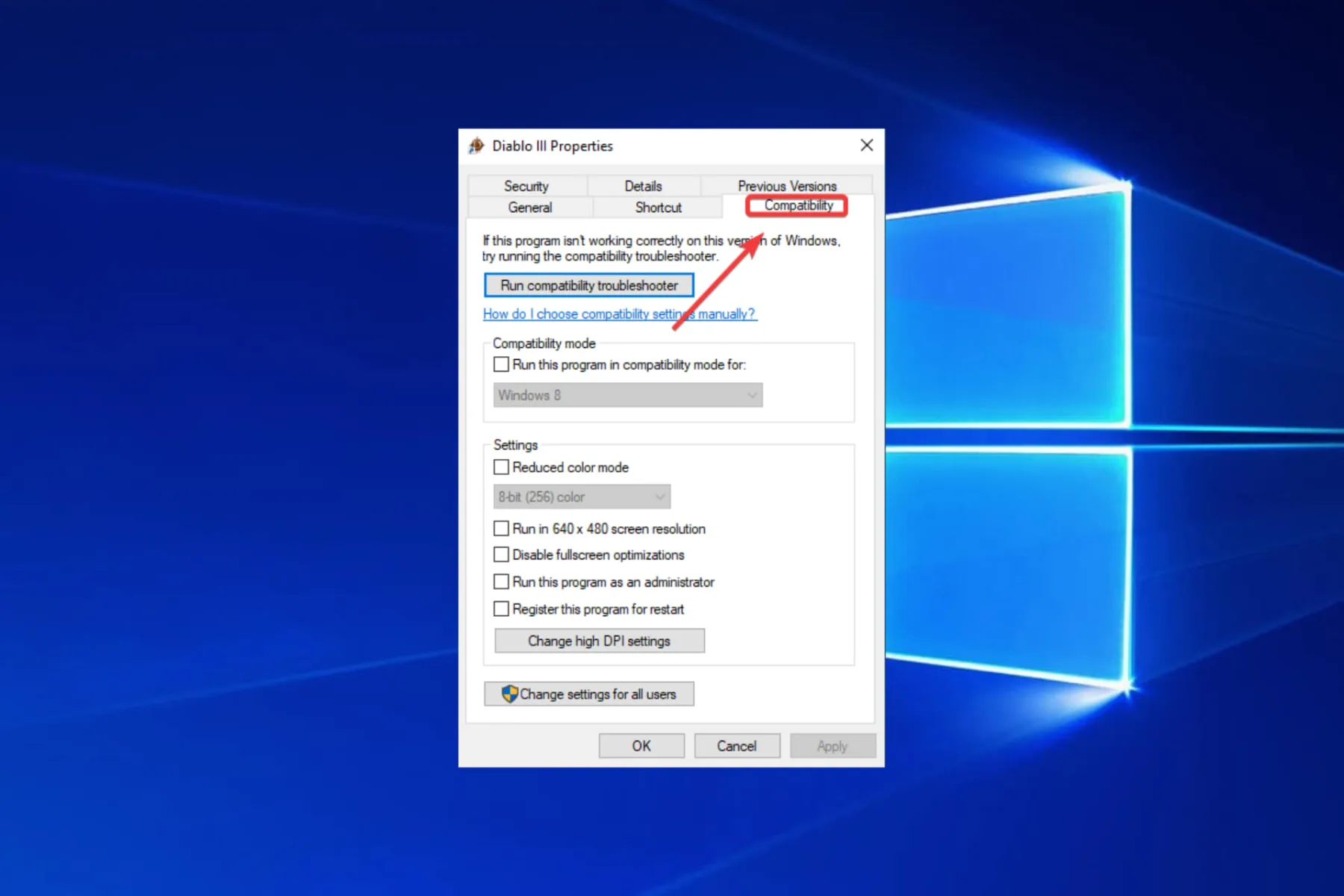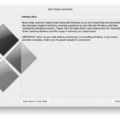Full-screen optimization is a feature in Windows 11 that is designed to improve the gaming experience by reducing the number of resources used by the operating system while running games in full-screen mode. However, some users have reported that this feature can actually cause performance issues when playing certain games, resulting in lower FPS and other issues.
If you are experiencing performance issues while gaming in Windows 11, you may want to consider disabling full-screen optimization. This can be done on a per-game basis, which means that you can choose which games to disable this feature for.
To disable full-screen optimization for a specific game, you will need to follow these steps:
1. Right-click on the EXE file of the game you want to disable full-screen optimization for.
2. Click on the “Properties” option in the context menu.
3. In the properties window, click on the “Compatibility” tab.
4. Check the box next to “Disable fullscreen optimizations”.
5. Click on “Apply” and then “OK” to save your changes.
Note that disabling full-screen optimization may improve performance in some cases, but it is not a guaranteed solution. The results may vary depending on the game and your system configuration.
If you are experiencing performance issues while gaming in Windows 11, disabling full-screen optimization may be worth a try. By following the steps outlined above, you can easily disable this feature for a specific game and see if it improves your gaming experience.

Turning Off Fullscreen Optimizations
To turn off fullscreen optimizations, you can follow these steps:
1. Right-click on the EXE file of the app or game that you want to turn off fullscreen optimizations for.
2. Click or tap on Properties from the context menu that appears.
3. In the Properties window, click or tap on the Compatibility tab.
4. Under the Compatibility mode section, check or uncheck the box next to “Disable fullscreen optimizations,” depending on whether you want to turn off or turn on this feature.
5. Click or tap on the OK button to apply the changes.
Alternatively, you can also navigate to the Settings app on your Windows 10 PC, click on System, and then click on Focus Assist. From there, you can turn off the “When I’m playing a game” option to disable fullscreen optimizations for all games. Keep in mind that this will also disable other Focus Assist features while you’re playing games.
Turning Off Fullscreen Optimization in Windows 11
To turn off fullscreen optimization in Windows 11, you can follow these steps:
1. Right-click on the game app’s shortcut or executable file and select Properties from the context menu.
2. In the Properties window, click on the Compatibility tab.
3. Under the Compatibility settings, locate the checkbox that says “Disable fullscreen optimizations” and check it. This will turn off fullscreen optimization for the selected game.
4. Click Apply and then OK to save the changes.
Alternatively, you can also turn off fullscreen optimization for all games and apps by following these steps:
1. Open the Settings app by pressing Win + I on your keyboard.
2. Click on System and then select Display from the left-hand side menu.
3. Scroll down to the bottom and click on Graphics Settings.
4. Under the Graphics performance preference section, click on the Browse button and select the executable file of the game or app you want to disable fullscreen optimization for.
5. Click on Options and choose High Performance.
6. Check the box that says “Disable fullscreen optimizations” and click on Save.
By following these steps, you can turn off fullscreen optimization for a specific game or app or for all games and apps in Windows 11.
Does Full-Screen Optimization Impact FPS?
Full-screen optimization is a feature that was introduced in Windows 10 to enhance the performance of applications that run in full-screen mode. This feature allows Windows to automatically adjust the application’s rendering resolution to match the display resolution, which can improve the application’s performance on some systems.
However, some users have reported that full-screen optimization can cause lower FPS in games and other applications. This is because the feature can sometimes interfere with the application’s graphics rendering process, resulting in reduced performance.
To address this issue, some users have suggested disabling full-screen optimization for specific applications. This can be done by right-clicking on the application’s executable file, selecting “Properties,” and then navigating to the “Compatibility” tab. From there, you can check the box next to “Disable full-screen optimizations” to turn off the feature for that application.
It’s worth noting that the impact of full-screen optimization on FPS can vary depending on the specific system and application being used. In some cases, the feature may actually improve performance, while in others it may cause a slight decrease in FPS. Ultimately, the best way to determine the impact of full-screen optimization on your system is to experiment with the feature and see how it affects your application’s performance.
Conclusion
Disabling full-screen optimization is a potential solution for those experiencing low FPS while playing games on Windows 11. This feature, while intended to improve performance, can sometimes have the opposite effect. However, it’s important to note that the gains from disabling full-screen optimization are often minimal and may not be noticeable in all cases. Ultimately, it’s up to the user to experiment with this tweak and decide if it’s worth implementing for their specific game or app. Regardless, knowing how to disable full-screen optimization is a useful tool for any gamer looking to optimize their Windows 11 experience.








